News
-
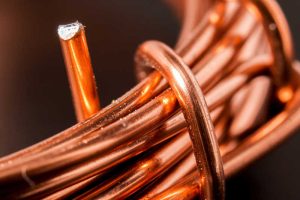
What is the full-process control method for anti-oxidation of cable copper conductors?
Read moreCopper has an atomic number of 29 and belongs to transition metals. Its density is 8.92g/cm³ and its melting point is 1083.4℃. It has good thermal and electrical conductivity. However, in humid air, the surface of metal copper reacts chemically with oxygen to generate Cu2(OH)2CO3, i.e. verdigris. Usually, copper oxidation in cable manufacturers often shows black […]
-
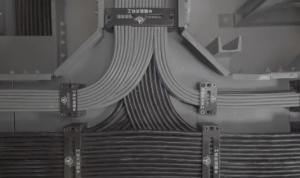
Do you know these common mistakes and dangers in cable use?
Read moreIn the process of cable installation and use, serious safety hazards are often caused by improper handling of some details. These mistakes often seem insignificant, but once an accident occurs, the consequences can be catastrophic. Below, the editor will summarize several common mistakes and dangers in cable use and installation, and analyze the dangers that these mistakes may cause. […]
-
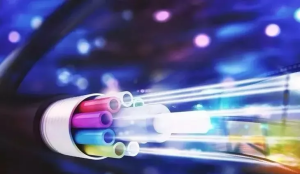
Sending light across thousands of miles – exploring the mystery and innovation of high-voltage cables
Read moreIn modern power systems, high-voltage cables play a vital role. From underground power grids in cities to long-distance transmission lines across mountains and rivers, high-voltage cables ensure efficient, stable and safe transmission of electric energy. This article will explore in depth the various technologies related to high-voltage cables, including their structure, classification, manufacturing process, performance characteristics, […]
-
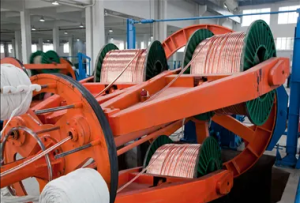
What is the core twisting of wires and cables?
Read moreCore twisting Conductor twisting What is the core twisting of wires and cables? Wire and cable conductor twisting is to twist several single wires of the same or different diameters together in a certain direction and according to certain rules to form a whole twisted core. When the twisted wire is used directly as […]
-

The Art and Science of Wiring Method: Exploring the Secret of Protective Steel Pipes Entering and Exiting from the Bottom of the Bridge
Read moreIn the construction and design of electrical engineering, the wiring method of cable protection steel pipes is a crucial link. Among them, the way of cable protection steel pipes entering and exiting from the bottom of the bridge has aroused widespread discussion and attention. Whether it complies with relevant specifications and standards has a far-reaching […]
-

What are the uses of VVG wire and its technical characteristics?
Read moreThe technical characteristics and cost-effectiveness of VVG wire allow it to compete not only with domestic counterparts, but also with foreign counterparts. Given the number of varieties of this cable on the market, its scope is practically unlimited. The main thing is to choose the right part. Scope of application VVG wire is suitable […]
-
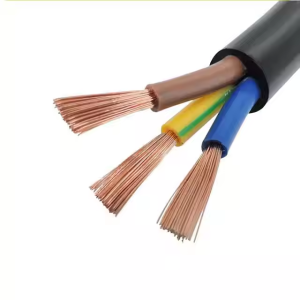
How to choose the flame retardant grade of wires and cables?
Read moreAs the intelligence of society becomes more and more popular, modern wiring is like the human nervous system, extending to every corner of the building. Every time everyone does an engineering or project, they only think: How many models will be used in this project? How many meters of cable should be used? There are […]
-
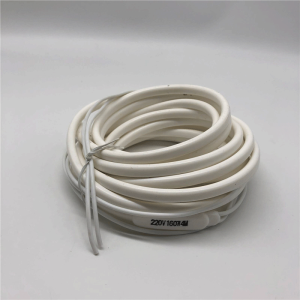
Why does the silicone heating cable wire change color at high temperature?
Read moreWe all encounter some product discoloration in our daily work, such as latex products will turn white when stored at room temperature, and silicone heating cable wire will turn yellow at high temperature. Just like the silicone heating cable wire that we often use in our lives, it turned yellow after being placed at a high temperature of […]
-
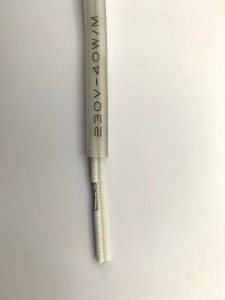
How to choose silicone heating wires suitable for different application scenarios?
Read moreHere are some points for choosing silicone heating wires for different application scenarios: Temperature requirements: Determine the temperature resistance of the required silicone heating wire according to the highest temperature and regular use temperature of the scene. For example, high temperature resistance is required for high-temperature industrial scenes, while lower temperature resistance may be […]
-
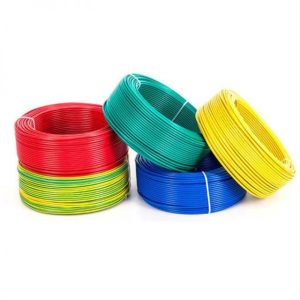
What is the relationship between the cross-sectional area of the cable and the current of the cable, and what is the calculation formula?
Read moreWires are usually called “cables”. They are carriers for transmitting electrical energy and are the basic conditions for forming loops between electrical equipment. The important components of wire transmission are usually made of copper or aluminum materials. The cost of wires used in different applications is different. For example, precious metal materials are rarely used […]




